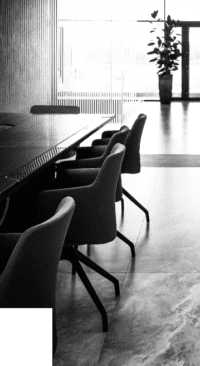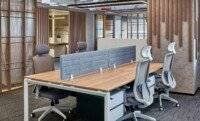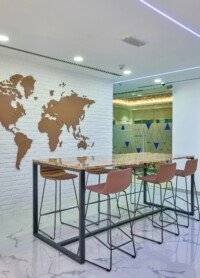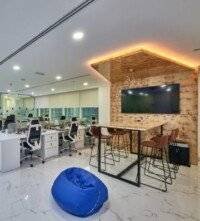

Your Premier Interior Fit-Out Company
in Saudi Arabia & UAE
About Us
Unveil the epitome of sophistication with our premier architecture and interior design company in Dubai. From conceptualization to execution, we infuse every project with innovation and elegance. Elevate your living spaces with our meticulous attention to detail and commitment to excellence. As a leading decor company in UAE, we specialize in transforming ordinary spaces into extraordinary realms of beauty and functionality.
Let us turn your dreams into reality, creating bespoke designs tailored to your lifestyle and preferences. Experience the fusion of artistry and functionality with our unparalleled expertise. Redefine luxury living and elevate your ambiance with our unparalleled craftsmanship.
What We Offer
Design Concepts: Architecture And Interior Design Company In Dubai

Comprehensive and Innovative Fit-Out Services
We provide end-to-end fit-out services, managing every aspect of your project from concept to completion. Our offerings include space planning, interior design, construction, and final finishing touches, ensuring a seamless and stress-free process. Our team excels in crafting innovative design solutions tailored to your specific needs, blending creativity with practicality to create visually stunning, highly functional spaces conducive to productivity.
What We Do

Interior Design

Furniture Solution

Joinery

Build
Why Design Concepts?
Top-tier Interior Designer In Saudi Arabia & UAE
Looking for top-tier interior design company in Saudi Arabia & UAE? Our team specializes in transforming your commercial spaces into stunning environments that reflect your unique style. From contemporary designs to traditional aesthetics, we tailor to all your interior needs with precision and creativity.
For those seeking excellence in both architecture and interior design, look no further than our company in Dubai. As a leading architecture and interior design company in Dubai, we ensure every project is executed to perfection without compromise.
Additionally, if you’re in Saudi Arabia, our services as an interior fit-out company in Saudi Arabia guarantee seamless integration of style and functionality in your spaces. With every project, our goal is to bring your vision to life, maintaining the highest standards of quality and innovation.



















